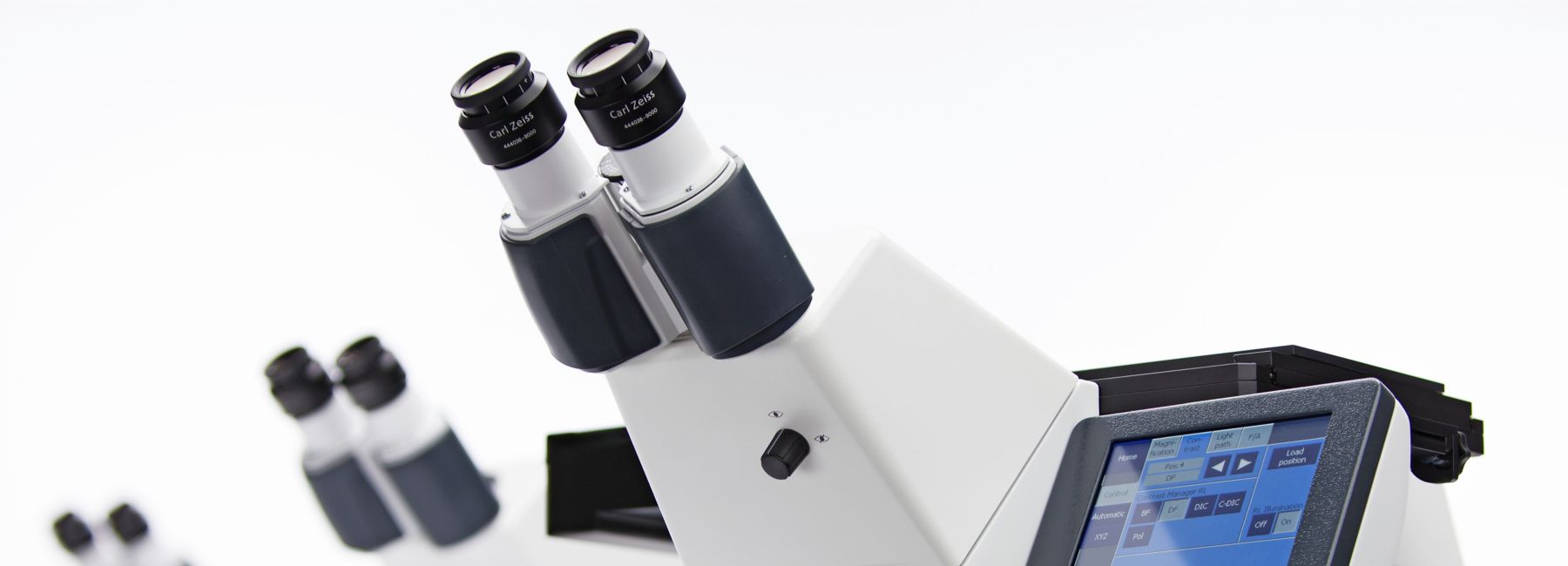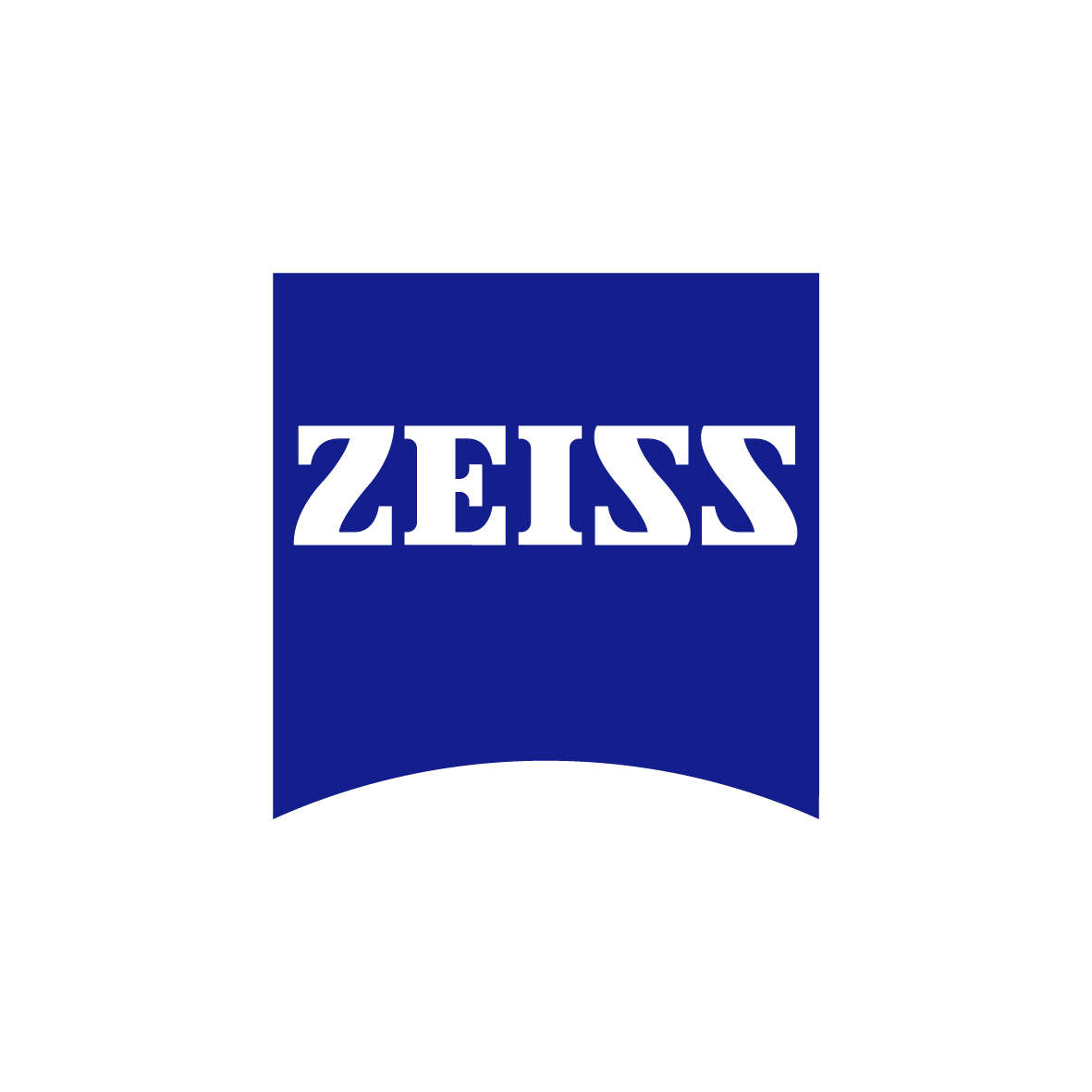An important component of ZEISS´ IT strategy is collaborating with service providers, says CIO Carsten Trapp. For example, ZEISS partners with DXC for application management.
*This article was originally published in German in CIO.de magazine*
When Carl Zeiss developed his first microscope 175 years ago, little did he know that it would lay the foundation for a world-class optical and optoelectronics company that shapes technological progress in the medical and creative industries. He was passionate about making the invisible visible and pushing the boundaries of what was technically possible.
And in a certain sense, the ZEISS company has remained true to this leitmotif throughout its long history. Optical products from ZEISS help people find their way in everyday life. Camera lenses enable lifelike images to be taken. Binoculars make it possible to observe animals and natural phenomena with pin-sharp clarity. Microscopes and visualization systems help medical professionals make precise diagnoses. Measuring systems reveal product defects in the micrometer range in the automotive industry.
Photo: Zeiss
For ZEISS, one way to stay true to its purpose is through digitization, which enables the company to offer additional services for its products. For example, laboratories that use ZEISS technology can get access to additional online features. Manufacturers are able to detect problems in manufacturing processes early on thanks to modern measuring devices paired with artificial intelligence.
Value delivered
Developing new business models is a key pillar of ZEISS’ digitization strategy. One aspect of this is the company offering its products for rent as well as for sale. Renting ZEISS products makes high-performance technology affordable and accessible to smaller companies.
The main enabler for such new possibilities at ZEISS is a strong and continuously developing IT foundation.
"It's like the utilities in a building. It's about providing water and electricity," says Carsten Trapp, CIO at ZEISS. IT ensures the basic technical supply for the company. Without it, there would be no digital or business transformation.
"I can't emphasize it often enough: The goal at the end of the day is to provide a stable IT platform," says Trapp. "Without it, the sexy parts of digitization cannot be implemented either." This aspect is often presented as self-evident, he says. "But in fact, a lot of work goes into ensuring a high-performing secure environment on which to build new applications."
Ensuring a stable IT platform that powers innovation and transformation is not an easy task. ZEISS has grown enormously in recent years, having acquired numerous companies in various areas. Currently, 35,000 employees work for ZEISS worldwide, and various subsidiaries deal with technologies related to precision mechanics and optics.
Not one, but two SAP ERP system landscapes
All these companies must be equipped with the “water and electricity” that Trapp talks about: powerful IT systems and applications. To accomplish this complex task, ZEISS is collaborating with external partners. "We might even give a little more to outside companies than some others on the market do," says Trapp.
One area that he has entrusted to an external partner is application management services. DXC Technology, a leading IT services company that was formed with the merger of CSC and HPE's Enterprise Services division, leverages its capabilities and applications expertise to ensure that all support requests relating to ZEISS’ SAP applications are processed as quickly as possible.
DXC's application management support ensures that ZEISS’ core IT foundation runs smoothly and helps to protect and increase the company's productivity. In effect, this enables ZEISS to further improve their customers’ experience regarding requests related to orders, purchases and payments. To do this, DXC is integrated into ZEISS' troubleshooting system and works with other partners, such as ServiceNow and Fujitsu.
The job is quite challenging. At ZEISS, there is not just one SAP system in use, but two. With around 15,000 orders for glasses and contact lenses per day, the Vision division has special requirements compared to other subsidiaries with lower-order volumes. It therefore uses its own SAP solution for order processing. There is no room for mistakes or delays when it comes to processing such a quantity of orders about items that are so important to people’s lives. DXC, together with the ZEISS IT subject matter experts, needs to make sure that this mission-critical system stays up and running without interruptions.
DXC has about 50 employees that work to support ZEISS' applications around the clock. To constantly optimize the process, DXC's managers meet regularly with ZEISS at the Innovation Council, where they discuss how to support future innovation goals and propose new solutions to support ZEISS' strategy.
Making sure no ticket goes astray
One solution proposed by DXC is the so-called “spider in the web.” This system observes how reports of issues (aka tickets) are sent back and forth between various service partners. In the worst case, this happens often before an issue is finally resolved. The "spider in the web" system analyzes these movements and shows DXC employees why a ticket was not processed immediately and who would have been the right contact to work on the matter. The main aim is to get the right experts for the specific topic at hand.
This has significantly improved the IT support experience for end users. "Sometimes a system user wouldn't hear anything for two weeks after reporting a problem. That no longer happens," says Bernd Elsässer, account executive at DXC.
DXC is leading IT support for ZEISS; only third-level support is still based at ZEISS itself. "We have now reached a resolution success rate of 95 percent and are proud to say we are continuing to deliver excellence for ZEISS," says Elsässer. That means that DXC solves 95 of every 100 tickets on its own. The remaining five percent are handled by the third level support at ZEISS.
Collaborating for success
ZEISS and DXC collaborate closely on all issues to make sure processes run smoothly. ZEISS' customers get the best possible customer experience and receive their lenses and glasses on time. "We don't just make a change and not worry about it anymore," says Trapp. Instead, he says, ZEISS employees are always involved in all decisions. "They are ultimately the ones who bear the responsibility."
DXC is also on board when it comes to the way ZEISS will conduct its billing in the service business in the future. DXC is currently working on connecting the Zuora cloud platform to ZEISS' two main ERP/CRM systems. Zuora offers functions for subscription management and software services billing.
Then ZEISS IT— supported by service providers including DXC — will provide the basis for the entire company to tap into new business models. "It's great to see that IT has experienced an enormous upgrade as a result of digitization," says Trapp. And with that statement comes the hope that in the future he won't have to say as often how important a stable IT platform is to advanced digitization.
Cases like this highlight that IT outsourcing is undergoing a major transformation, becoming more agile and moving closer to the business.
DXC leverages its expertise and capabilities to run mission-critical systems for companies worldwide, and powers their transformation and innovation. Read more about how DXC is delivering excellence to customers and how it can help your business transformation.

